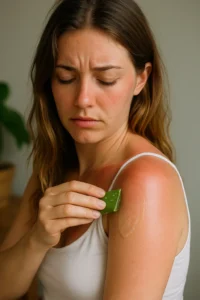
Redness after sunbathing is not just a cosmetic flaw but a clear sign of UV overload. UV rays trigger inflammation, micro-damage to cells, and a sharp decline in the skin’s barrier function. As a result, it becomes dry, sensitive, hot to the touch, and may hurt and peel. The sooner you act, the lower the risk of pigmentation, tightness, and prolonged discomfort.
To quickly calm redness after sun exposure and restore comfort, it’s essential to do the right things from the first moments: cool, moisturise, soothe, and protect. In this guide you’ll find concise recommendations — from tried-and-tested home remedies (aloe vera, cooled green-tea compresses, cucumber and potato masks) to after-sun pharmacy products (panthenol, allantoin, glycerin) and dermatologists’ tips for safe recovery.
What’s really happening to your skin during “post-sun redness”
Redness is an inflammatory response to excessive UV exposure. Blood vessels dilate, you feel heat, and cells lose moisture. Without intervention, the skin quickly loses elasticity, starts to peel, and sometimes blisters form — a sign of a true burn. The right initial care stops this cascade and shortens recovery time.
First steps that actually work
- Cooling: a cool shower for 5–10 minutes or compresses with clean cool water (no ice).
- Moisturising and soothing: aloe vera gel, products with panthenol/allantoin, light lotions without alcohol or fragrance.
- Hydration from within: keep fluids up — water, still drinks, herbal teas.
- Protection from repeat UV: cover up, stay in the shade, and use SPF once the acute symptoms subside.
When to see a doctor
- Blisters, severe swelling, sharp pain, or fever appear.
- You have chills, nausea, dizziness, or signs of dehydration.
- The redness covers a large area of the body or persists for 48–72 hours despite care.
Further on you’ll find step-by-step instructions: how to use natural remedies (aloe, green tea, cucumber, potato), how to choose pharmacy creams and ointments for post-sun redness, what dermatologists recommend, and how to prevent burns in the future. All concise, to the point, and focused on real results.
Home remedies after sunbathing: how to reduce redness fast and soothe your skin at home
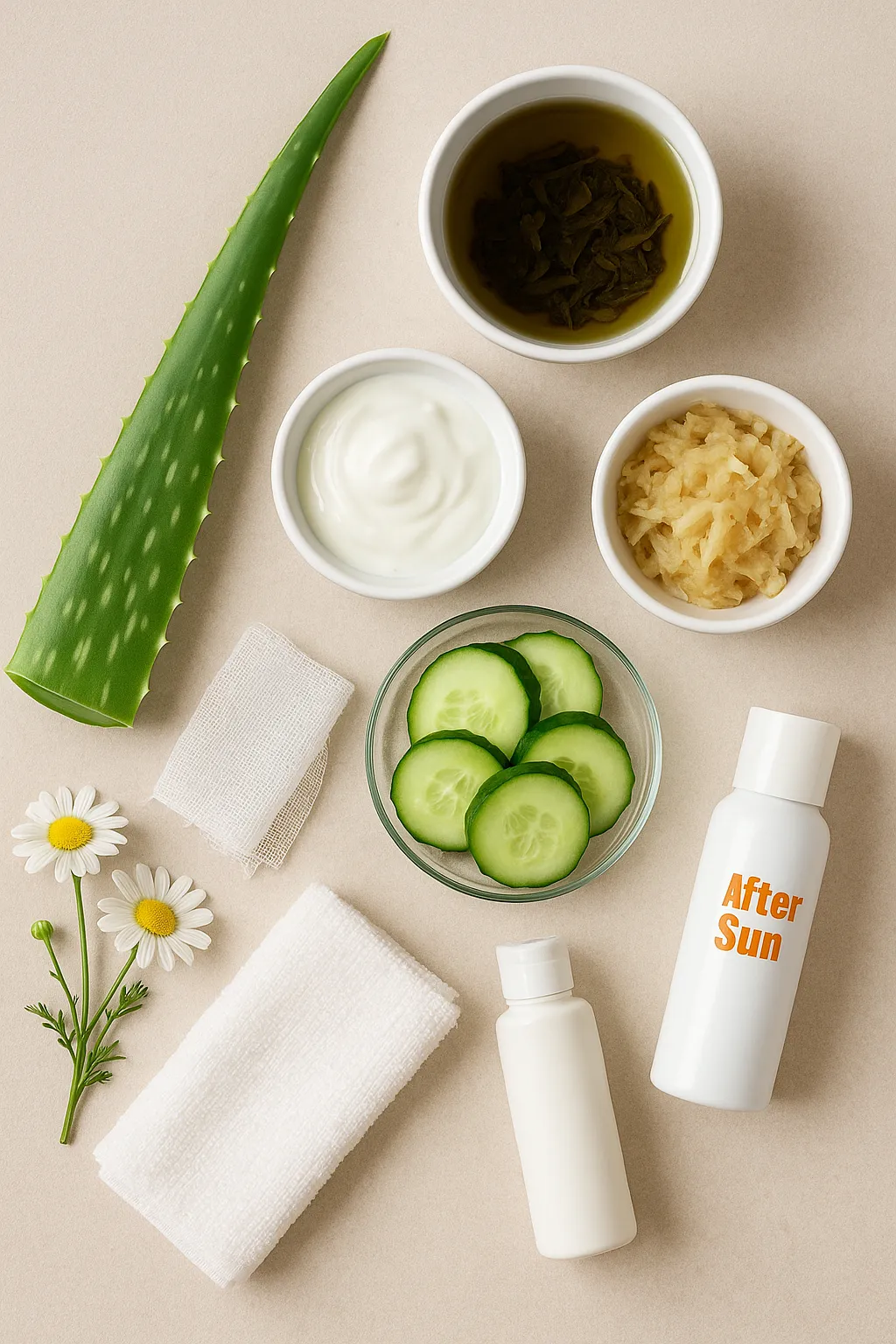
At-home after-sun remedies are a simple, affordable, and safe way to reduce redness, inflammation, and skin dryness. Natural ingredients help cool the epidermis, ease pain, restore moisture, and prevent peeling. It’s best to choose natural components with anti-inflammatory, moisturising, and antioxidant properties.
If you’ve got a mild sunburn, don’t rush to the medicine cabinet. There are plenty of proven after-sun folk methods that will quickly calm redness and bring comfort back to your skin. They suit all skin types, are unlikely to cause allergies, and are easy to prepare at home.
🌿 Aloe vera — your go-to helper for burns
Aloe vera is one of the most effective natural after-sun remedies. Its gel works instantly: it cools, reduces inflammation, and speeds up cell regeneration. If you have a live plant, simply cut a leaf, squeeze out the gel, and apply a thin layer to the skin.
- Soothes irritation and stinging;
- Reduces the risk of dark spots;
- Restores the skin’s natural moisture balance;
- Suitable for the face, back, shoulders, and legs.
🍃 Green tea — a natural antioxidant and calming compress
Green tea has anti-inflammatory and antioxidant properties. It eases redness, puffiness, and that uncomfortable feeling of heat. Brew a strong tea, let it cool, and make a compress — soak cotton pads or gauze and apply to affected areas for 15–20 minutes.
This method is great for the face, neck, décolletage, and shoulders. You can add a few drops of lavender essential oil to enhance the soothing effect.
🥒 Cucumber — a natural cooler and hydrator
Cucumber is up to 95% water and contains vitamin C, helping to quickly calm irritation. Slice it thinly or grate it finely. Apply as a mask for 15–20 minutes, then rinse with cool water. Repeat several times a day.
🥔 Potato mask to reduce inflammation
Potato contains starch and enzymes that soothe the skin and reduce burning. Grate raw, peeled potato and apply the pulp to the affected area for 10–15 minutes. Then gently rinse with cool water. This helps not only to reduce redness but also to prevent peeling.
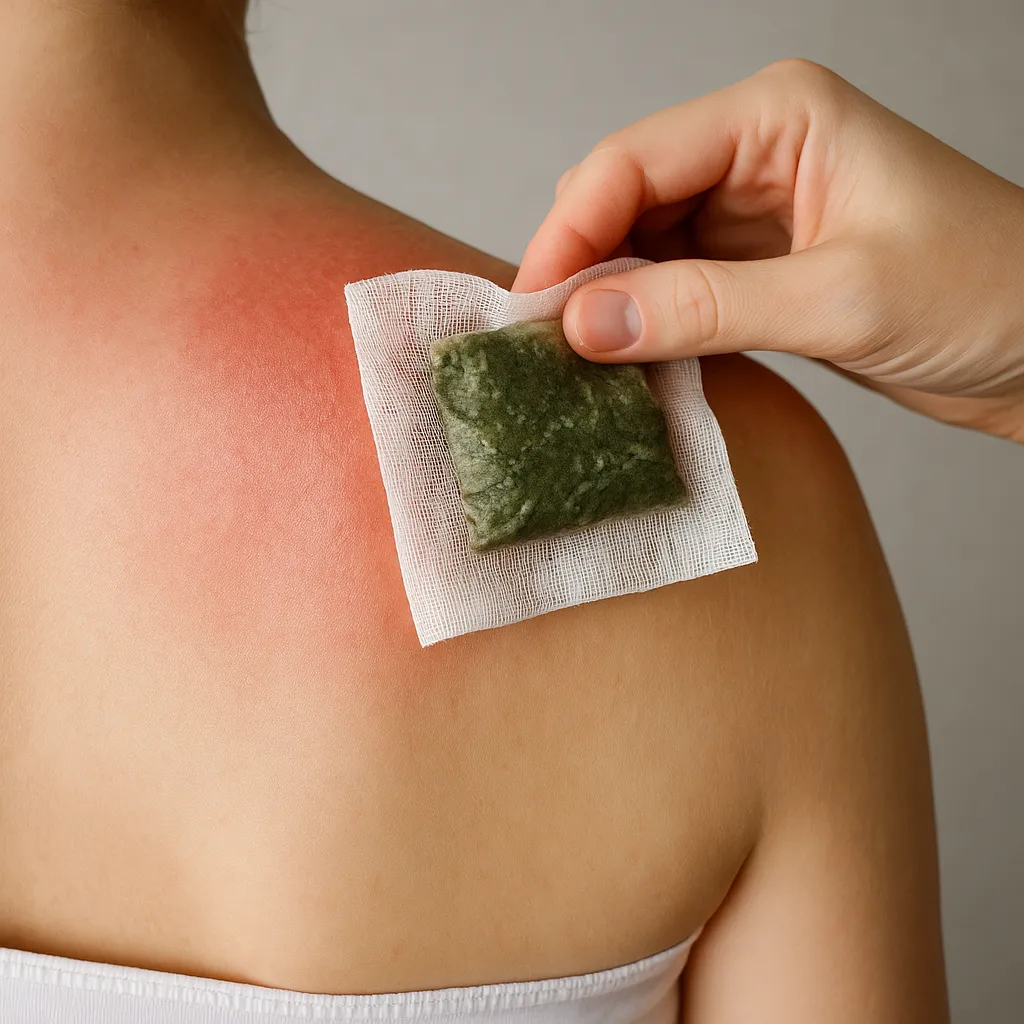
🥛 Kefir, sour cream, or yoghurt — dairy coolers
Fermented dairy products moisturise beautifully and help restore the skin’s pH balance. They create a light film that reduces irritation. Apply chilled kefir, sour cream, or natural yoghurt for 10–15 minutes, then rinse with water. Avoid products with sugar or flavourings.
🌸 Chamomile decoction — antiseptic and pain relief
Chamomile is a well-known anti-inflammatory remedy. Brew 2 tbsp of flowers in 200 ml of water, cool, and use as a compress. You can add a little calendula — it speeds up healing.
🍯 Honey and oats — a nourishing mask
Honey has antibacterial properties, while oats ease itching. Mix 1 tsp honey with 1 tbsp rolled oats and apply for 10–15 minutes. This softens the skin, reduces tightness, and brings back elasticity.
🍶 Vinegar — quick relief for a mild burn
Table or apple cider vinegar (1 tbsp per glass of water) reduces heat and disinfects the skin’s surface. Use a light compress, but be careful if your skin is very sensitive. Do not use if there are micro-cracks.
By using these after-sun home remedies you can reduce redness, ease pain, and restore moisture levels. The key is to be gentle: don’t rub your skin, avoid alcohol-based products, and keep it well moisturised.
Combine a few methods: start with a cooling compress, follow with aloe or kefir, and finish with a light moisturising cream. This approach will help your skin look healthy again quickly and prevent peeling.
Pharmacy after-sun products: the best creams, gels, and ointments to restore your skin

If home methods don’t bring quick results, or your skin feels very hot, itchy, or starts to peel, it’s worth using after-sun pharmacy products. These are designed specifically to help skin recover after UV exposure: they reduce skin inflammation, redness, and pain, and restore comfort.
Dermocosmetics and medicated ointments for the face contain active ingredients that stimulate cell regeneration, moisturise, calm irritation, and help prevent dark spots. Below are the most effective options dermatologists recommend for caring for skin after a sunburn.
💧 Panthenol — the no. 1 after-sun solution
Panthenol (Dexpanthenol) is the undisputed leader among after-sun products. It doesn’t just moisturise — it also activates tissue repair. Available as a cream, spray, gel, or mousse.
- Quickly reduces redness and the feeling of heat;
- Relieves pain and dryness;
- Suitable for face and body;
- Light texture that doesn’t clog pores.
How to use: apply a thin layer to clean, dry skin without rubbing. Use 2–3 times a day until the skin has fully recovered.
🧴 Products with allantoin, glycerin, and vitamin E
If your skin is dry, tight, or peeling, opt for creams containing allantoin, glycerin, hyaluronic acid, and vitamin E. These ingredients help lock in moisture, soften the epidermis, and create a protective film that prevents further dehydration.
Such products are ideal for post-beach care and can be used as your daily moisturiser throughout the summer.
❄️ Cooling lotions and gels
After intense sun, your skin needs instant cooling. Lotions with menthol, mint, cucumber extract, or aloe quickly reduce heat and discomfort. They’re especially useful after swimming or being active on the beach.
- Give a pleasant feeling of freshness;
- Ease itching and irritation;
- Leave no sticky film.
Important: avoid alcohol-based products — they dry the skin and may trigger further irritation.
⚕️ Ointments and creams for burns
When redness progresses to a first-degree burn and tightness or discomfort appears, medicated ointments can help:
- Bepanthen — a gentle option for minor burns and irritations;
- Zinc ointment — reduces inflammation and has an antiseptic effect;
- Calendula ointment — a natural antiseptic that supports regeneration;
- Solcoseryl — stimulates cell repair and improves microcirculation.
🌿 After-sun emulsions and sprays
If you want something light and non-greasy, choose after-sun emulsions or sprays. They’re easy to use, spread evenly, absorb quickly, and leave a refreshing feel. Look for aloe vera, panthenol, chamomile, and calendula extract on the label.
💡 Tips for choosing pharmacy products:
- Always check the ingredients: avoid alcohol, parabens, and fragrances;
- Patch-test before first use — apply a small amount to your wrist;
- In the first hours after a burn, avoid heavy oils and rich creams — they “trap” heat;
- For sensitive skin, choose hypoallergenic products without perfumes or colourants;
- Combine pharmacy care with naturals — for example, aloe plus panthenol for a double effect.
Remember: after-sun pharmacy products are your fast track to recovery. But if you notice blisters, severe pain, swelling, or fever, avoid self-treatment — see a dermatologist. A specialist will tailor a plan to prevent complications and protect your skin’s health.
Consistent after-sun care is the key to an even tone, smoothness, and your skin’s natural summer glow.
Dermatologists’ advice: professional care for your skin after sunbathing and burns
Post-sun skin care isn’t just a cosmetic step; it’s a vital part of skin recovery after UV exposure. Even mild redness signals micro-trauma and calls for a gentle, well-judged approach. Dermatologists stress that the first few hours after sun exposure are crucial — this is when you can prevent peeling, dark spots, and premature ageing.
To help your skin bounce back quickly and stay healthy-looking, follow these proven, clinic-informed recommendations.
🕐 The first hours after sun: what to do
- Cool the skin. Right after sun exposure, take a cool (not cold!) shower without soap or gel to rinse off sand, salt, and sweat. Then apply compresses with cool water or chamomile decoction. Avoid ice — sudden cold may cause vascular spasm.
- Moisturising. 10–15 minutes after cooling, apply a gel or cream with panthenol, aloe vera, or hyaluronic acid. They will restore your skin’s moisture balance and reduce inflammation.
- Hydration from within. Drink plenty of water, unsweetened fruit compotes, or herbal teas. This helps your body replace lost fluids and speeds up regeneration.
- Give your skin a rest. Let it “breathe” — avoid tight clothing and don’t cover affected areas with towels or blankets.
🚫 What to avoid after sunbathing
- ❌ Don’t apply alcohol-based lotions, perfumes, or deodorants — they dry the skin and may irritate it;
- ❌ Don’t pick off peeling skin — this can scar or cause infection;
- ❌ Avoid hot baths, saunas, and sunbeds — they’ll only make things worse;
- ❌ Don’t go back into the sun unprotected until the skin recovers. Wear SPF even in the shade;
- ❌ Don’t use heavy creams or oils in the first 24 hours — they “trap” heat in the skin.
💡 Extra tips for faster recovery
- 👕 Clothing: wear loose, breathable cotton or linen. It won’t irritate and lets your skin “breathe”;
- 🥦 Nutrition: add foods rich in vitamins A, E, C, and beta-carotene — carrots, apricots, spinach, nuts. They strengthen the skin from within;
- 💧 Daily moisturising: even after the redness fades, keep using creams with aloe or hyaluronic acid;
- 💄 Skip make-up: avoid decorative cosmetics for 1–2 days to prevent irritation;
- ☁️ Sun protection: use SPF 30–50 even on cloudy days — UV penetrates clouds;
- 🌙 Night care: at night, apply a nourishing cream or an antioxidant gel to support cell repair.
🧠 Important to remember
If after 2–3 days the redness hasn’t gone, or you notice blisters, severe pain, or swelling, see a dermatologist. It could be a second-degree burn that needs professional treatment.
Treating your skin kindly after sun exposure is an investment in its health. By following dermatologists’ advice, you’ll help it recover faster, avoid peeling, dark spots, and dryness, and keep a smooth, beautiful tan for longer.
How to avoid burns: safe-tanning rules, preventing redness and overheating

The best way to reduce redness after sunbathing is to prevent it from appearing in the first place. With the right habits, you can enjoy the sun without harming your health and keep your skin even, smooth, and hydrated. Following a few simple yet effective safe-tanning rules helps you avoid burns, dryness, pigmentation, and premature ageing.
☀️ When it’s safe to tan: choosing the right time and conditions
The sun is most intense from 11:00 to 16:00, when UV rays peak. Even brief exposure during these hours can lead to burns. For a more even and safer tan, choose before 11:00 or after 16:00. At these times, your skin receives a gradual dose of UV, helping it build the natural protective pigment — melanin.
- In the first days, tan gradually: 15–20 minutes, increasing the time day by day;
- Alternating sun and shade is the best strategy for an even tan;
- Use SPF even when it’s cloudy — up to 80% of UV rays pass through clouds.
🧴 Sunscreen: how to use SPF properly
Sunscreen is your main defence against burns. Even the strongest SPF won’t work if applied incorrectly. Here are the essentials:
- Choose an SPF of 30–50 with broad-spectrum protection (UVA + UVB);
- Apply 20–30 minutes before going into the sun to allow filters to activate;
- Reapply every 2 hours, and after swimming, towel-drying, or heavy sweating;
- Don’t forget ears, neck, shoulders, nose, lips, and the tops of feet — these areas overheat quickly;
- Use a lip balm with SPF — lip skin is extremely sensitive to UV.
For children and fair skin, go for SPF 50+ with water-resistant, hypoallergenic formulas.
🧢 Clothing and accessories — your natural armour
Sunscreen isn’t the only protection. Loose-fitting natural fabrics (cotton, linen, muslin), a wide-brimmed hat, bucket hat or cap, and sunglasses help lower the risk of overheating and burns.
- Pick light-coloured clothing — it reflects sunlight;
- Your hat should shade your face, ears, and neck;
- UV-protective sunglasses will shield your eyes from harmful rays.
💧 Hydration — the golden rule for healthy skin
When you’re in the sun, your body loses moisture, so it’s vital to drink water regularly — at least 1.5–2 litres a day. Dehydrated skin loses elasticity, becomes more sensitive to UV, and ages faster.
- Sip water throughout the day, even if you’re not thirsty;
- Add drinks with electrolytes — coconut water, herbal teas, unsweetened fruit compotes;
- Avoid alcohol — it increases dehydration.
🍎 Eat to help your skin defend itself
Your diet also affects how resilient your skin is in the sun. Foods rich in antioxidants, beta-carotene, and vitamins A, E, and C boost your natural UV defences.
- Carrots, pumpkin, apricots — sources of beta-carotene;
- Nuts, seeds, avocados — provide vitamin E to fortify cell membranes;
- Citrus fruit, spinach, broccoli — rich in vitamin C to support collagen production;
- Olive oil, oily fish — help maintain skin elasticity;
- Add green tea — it lowers the risk of UV-induced cellular damage.
🌤️ Extra safe-tanning tips
- After every sun session, apply an after-sun cream or gel to cool and moisturise your skin;
- Don’t sunbathe on an empty stomach — a light breakfast helps prevent dizziness;
- Alternate activity with breaks in the shade to avoid overheating;
- Protect your skin even in the water — UV penetrates the surface;
- A gradual tan looks better and lasts longer than a “quick fix”.
By following these safe-tanning rules, you’ll enjoy an even bronze glow without redness, peeling, or discomfort. Remember: burn prevention is the most effective route to healthy, well-cared-for skin.
Summary: how to keep your skin healthy after sunbathing and prevent future redness
Redness after sunbathing signals an excessive UV dose. Quick, correct actions reduce inflammation, speed up healing, and help prevent peeling and pigmentation. After-sun care isn’t just about comfort — it’s also about preventing photo-ageing and keeping an even skin tone for longer.
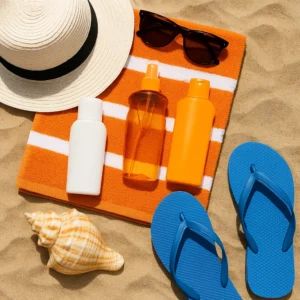
🌞 10 golden rules to remember
- Cool the skin within the first 10–15 minutes (cool shower/compress, no ice);
- Apply aloe vera or a formula with panthenol, allantoin, hyaluronic acid;
- Drink water and electrolyte drinks — keep hydrated;
- For the first 24 hours avoid heavy oils and rich creams, alcohol, and fragrances;
- Don’t pick at peeling, don’t rub with a towel — gently pat dry only;
- Wear loose cotton/linen clothing, minimise friction;
- Stay protected: shade, clothing, a hat, and SPF 30–50 once the acute symptoms subside;
- Add antioxidants to your diet (vitamins A, C, E, beta-carotene);
- Use after-sun lotions/gels to support the skin barrier;
- Monitor your condition: with blisters, severe pain, fever — see a doctor.
⏱️ Recovery plan: the first 48 hours
- 0–6 hrs: cooling compresses, aloe/panthenol, small sips of water every 20–30 minutes;
- 6–24 hrs: re-moisturise every 3–4 hours, use light alcohol-free gels, sleep only in breathable clothing;
- 24–48 hrs: add light emulsions with hyaluronic acid/glycerin, avoid the sun, keep up fluid intake;
- 48+ hrs: if peeling starts — add gentle restorative creams; aggressive peels are off-limits.
❓ Common mistakes and how to avoid them
- Myth: “Oil removes heat.” Fact: in the first 24 hours oils trap heat — leave them for later;
- Myth: “Ice-cold packs work best.” Fact: ice can cause vascular spasm — choose cool water instead;
- Myth: “Tanning will even out tone.” Fact: repeat UV worsens pigmentation and inflammation.
🧳 Summer “beach kit” checklist
- Aloe vera gel or a panthenol spray/mousse;
- Light after-sun lotion (hyaluronic acid, glycerin, allantoin);
- SPF 30–50 (broad-spectrum UVA/UVB) + lip balm with SPF;
- Water bottle/isotonic, wide-brimmed hat, sunglasses;
- Gauze pads/bandanas for gentle compresses.
🧠 When to seek medical help
- Blisters, significant swelling, sharp pain, fever/chills, nausea, dizziness;
- Large affected areas or no improvement after 48–72 hours;
- Signs of infection: increasing pain, pus, high temperature.
Bottom line: the most effective way to reduce redness after sunbathing is to combine rapid cooling, intensive moisturising, and sun protection over the following days. Regular after-sun care and a smart approach to UV are the foundations of healthy, supple, radiant skin.
Skin care is an everyday habit. Be consistent: drink water, use SPF, support your skin barrier, and choose post-burn products with proven ingredients. That’s how you’ll keep a smooth bronze glow without pain, peeling, or discomfort.
Frequently asked questions
How can I quickly reduce redness after sunbathing in the first few hours?
0–6 hour plan: a 5–10 min cool shower or compresses (no ice), pat skin dry with a towel (don’t rub), apply aloe vera gel or a product with panthenol/hyaluronic acid, sip water in small amounts, and avoid sun and tight clothing. This reduces inflammation, heat, and the risk of peeling.
Which pharmacy products really help with redness and burning?
Top choice — dexpanthenol (panthenol) as a gel/mousse, plus creams with allantoin, glycerin, hyaluronic acid, and vitamin E, and light after-sun emulsions. Avoid alcohol, perfume, and colourants. For sensitive skin — choose hypoallergenic formulas. Leave rich oils for 24–48 hours later.
Which home (folk) methods quickly soothe the skin?
Aloe vera (fresh gel), cooled green-tea compresses, cucumber masks, grated potato, decoctions of chamomile/calendula, and cool natural yoghurt/kefir without sugar or flavourings. Apply for 10–20 minutes, rinse with cool water, then use a light moisturiser. Avoid harsh acids/peels.
What should I do if a child’s skin turns red after being in the sun?
Get into the shade immediately, use cool showers/compresses, apply a light gel with panthenol or aloe (child-friendly formulas), and offer plenty of fluids. Avoid menthol, camphor, and alcohol. If there are blisters, lethargy, fever, or nausea, contact a paediatrician urgently. Afterwards — SPF 50+, protective clothing, a hat, and shade between 11:00 and 16:00.
How do I treat facial redness after sunbathing to avoid peeling and dark spots?
For the face, use only light gels/emulsions without alcohol, with hyaluronic acid, panthenol, and low-strength niacinamide. Avoid retinoids, acids, and scrubs for 7–10 days. In the morning and daytime — SPF 30–50, in the evening — a soothing cream. Don’t pick at flakes — apply occlusive balms to peeling areas only.
When is medical help needed for sunburn and redness?
See a doctor if you notice blisters, significant swelling, high temperature, chills, nausea, dizziness, signs of infection, or if a large area is affected and there’s no improvement within 48–72 hours. It may be a second-degree burn or heat exhaustion/stroke.
Can I keep sunbathing if I’m already red, and how do I recover properly?
No. Let the skin fully recover: 48–72 hours without direct sun, daily moisturising (aloe, panthenol, hyaluronic acid), and plenty of fluids. When you return to the beach, do it gradually: short sessions in the shade, always with SPF 30–50, light clothing, and a hat. Repeat UV on inflamed skin increases the risk of pigmentation and peeling.
Do painkillers or antihistamines help with sun-induced redness?
For significant pain, you may briefly use NSAIDs (if you have no contraindications). For pronounced itching, antihistamines can help at night. But the foundation remains cooling + moisturising. Always read the leaflet or consult a doctor before taking medicines.
Which common mistakes make post-sun redness worse?
Mistakes: applying ice to the skin (vascular spasm), hot showers/saunas, alcohol-based lotions and perfumes, heavy oils/rich creams in the first 24 hours, vigorous scrubs/peels, going into the sun without SPF, and picking at peeling. All of these aggravate inflammation and delay recovery.
How should I shower and care for my skin during the first 48 hours after a burn?
Lukewarm–cool showers 1–2 times a day, no harsh loofahs or SLS gels; pat skin dry with a towel, then apply aloe/panthenol and a light moisturiser straight away. Sleep in loose cotton clothing, keep the room cool, and maintain hydration. For peeling — use balms sparingly, skip scrubs.
How do I prevent redness from returning: SPF, clothing, time in the sun?
Prevention rules: SPF 30–50 with UVA/UVB protection, apply 20–30 minutes before going out, reapply every 2 hours and after swimming; spend time in the shade from 11:00 to 16:00; wear loose light clothing, a hat, and sunglasses; hydrate regularly, and use after-sun lotions to support the skin barrier. A gradual tan lasts longer and looks more even.


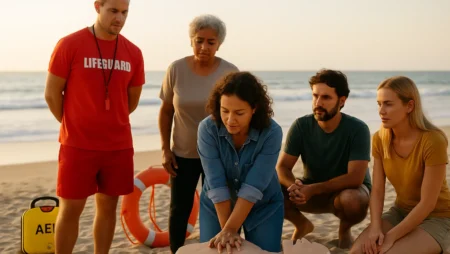
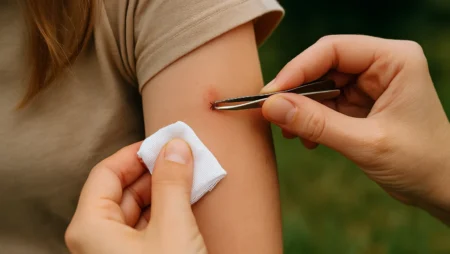
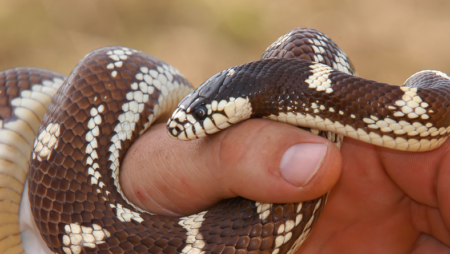
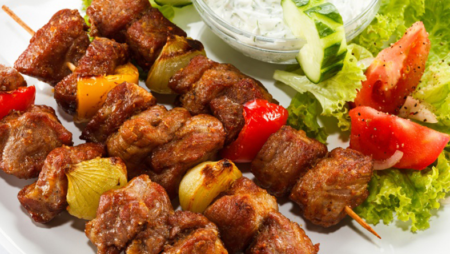
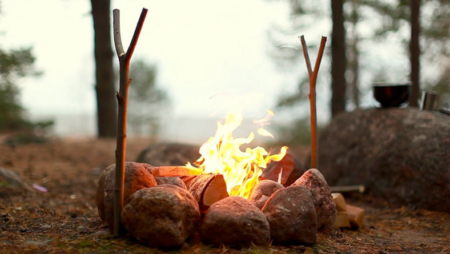
No Comment
You can post first response comment.